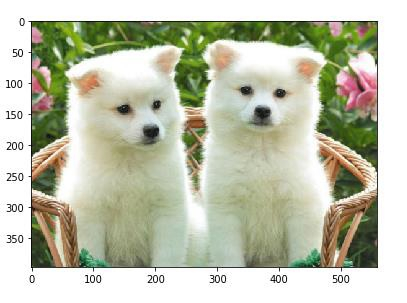
 Data Structure
Data Structure Networking
Networking RDBMS
RDBMS Operating System
Operating System Java
Java MS Excel
MS Excel iOS
iOS HTML
HTML CSS
CSS Android
Android Python
Python C Programming
C Programming C++
C++ C#
C# MongoDB
MongoDB MySQL
MySQL Javascript
Javascript PHP
PHP
- Selected Reading
- UPSC IAS Exams Notes
- Developer's Best Practices
- Questions and Answers
- Effective Resume Writing
- HR Interview Questions
- Computer Glossary
- Who is Who
How can scikit-learn library be used to get the resolution of an image in Python?
Data pre-processing basically refers to the task of gathering all the data (which is collected from various resources or a single resource) into a common format or into uniform datasets (depending on the type of data). Since real-world data is never ideal, there is a possibility that the data would have missing cells, errors, outliers, discrepancies in columns, and much more. Sometimes, images may not be correctly aligned, or may not be clear or may have a very large size. The goal of pre-processing is to remove these discrepancies and errors.
To get the resolution of an image, a built-in function named ‘shape’ is used. After the image is read, the pixel values are stored in the form of an array. This array is nothing but a Numpy array. Once the image is read and converted into an array, the shape function can be called on this image to understand its resolution.
Let us take an example of uploading an image and getting the resolution of the image on console using scikit-learn library −
Example
from skimage import io
path = "path to puppy.PNG"
img = io.imread(path)
print("Image being read")
io.imshow(img)
print("Image printed on console")
print("The image resolution is ")
print(img.shape)
Output
Image being read Image printed on console The image resolution is (397, 558, 4)

Explanation
- The required libraries are imported.
- The path where the image is stored is defined.
- The ‘imread’ function is used to visit the path and read the image.
- The ‘imshow’ function is used to display the image on the console.
- The function ‘shape’ is used to get the resolution of the image.
- The output’s third value shows 4, which means it has 4 channels- R, G, B and alpha values.
- The data is displayed on the console.

